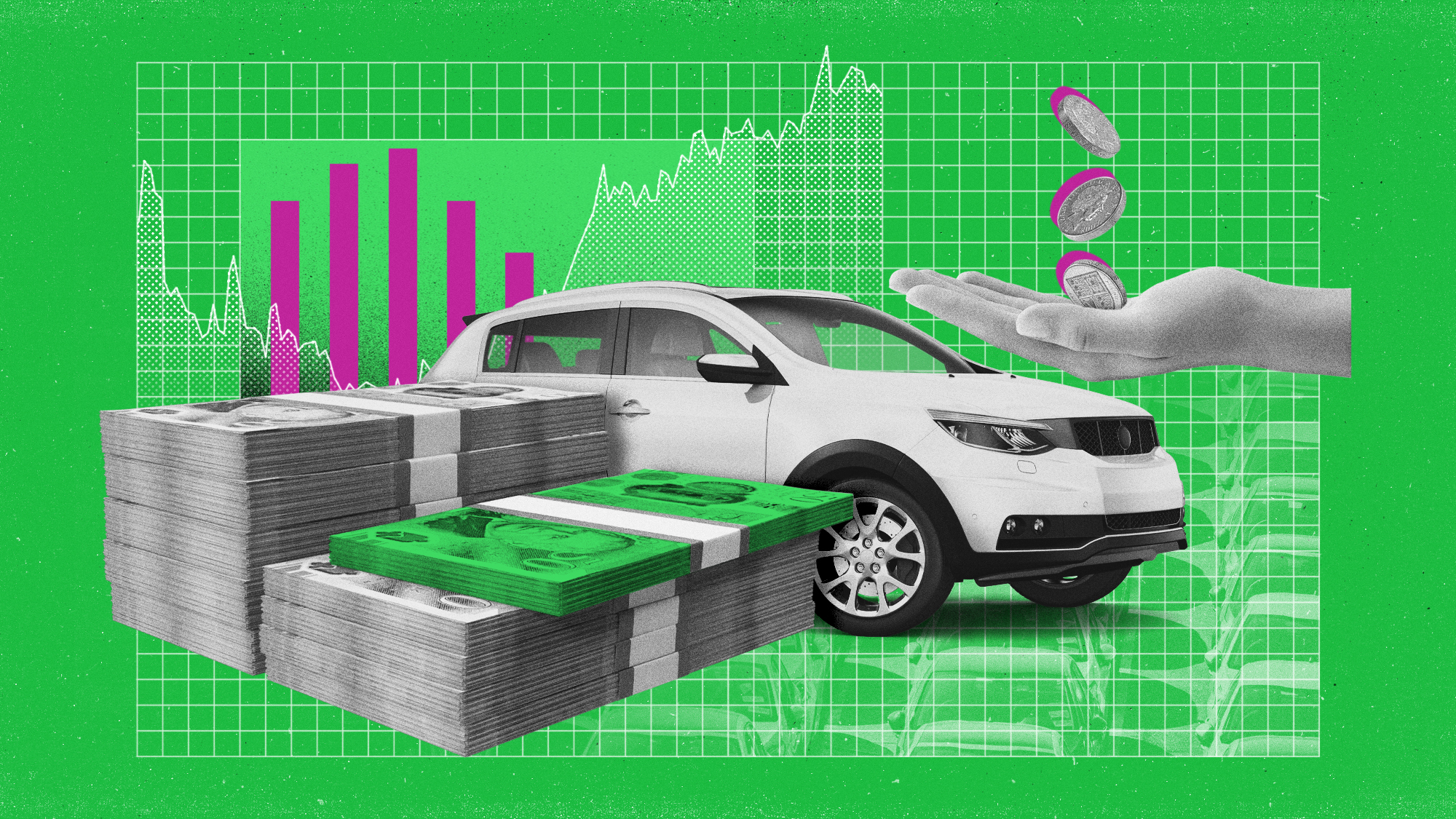Reflections on Refinance: What the Latest Rate Drop Means for Homeowners
In recent weeks, mortgage refinance rates have dropped, sparking renewed interest among homeowners who may have been sitting on the sidelines. As economic data continues to evolve and key reports are scheduled to be released, the current trend of lower refinance rates presents both opportunities and challenges. Homeowners are now left with important decisions about their financial strategies—should they seize the moment to refinance, or is it better to wait and see what the future holds?
The Impact of the Latest Rate Drop
The refinancing landscape has undergone significant changes in recent months. A reduction in interest rates, following a series of rate hikes over the past few years, has altered the dynamics for both homeowners and the broader housing market. While the rate drop itself offers the potential for cost savings on monthly mortgage payments, the timing of this shift is especially important.
Key Factors Influencing the Recent Rate Decrease
The drop in refinance rates is largely attributed to a few key economic factors:
- Federal Reserve Policy Adjustments: The U.S. Federal Reserve’s decision to pause interest rate hikes has signaled a more dovish stance, which has, in turn, caused bond yields to fall. Mortgage rates are often closely tied to these yields, meaning a drop in bond yields can lead to lower rates for consumers.
- Inflation Trends: A slower-than-expected reduction in inflation rates has caused market expectations to shift. While inflation remains a concern, the overall trend toward stabilization has provided the Fed with more flexibility to adjust its policy.
- Economic Growth Projections: Mixed signals from the economy, with slow growth but resilience in the labor market, have created uncertainty among investors. This has contributed to lower mortgage rates as investors seek safer, lower-yielding assets like government bonds.
Opportunities for Homeowners
For homeowners who are considering refinancing, the recent rate drop opens up a window of opportunity to secure better terms. Whether the goal is to lower monthly payments, shorten the loan term, or tap into home equity, refinancing can offer significant advantages in a lower-rate environment. Below are some of the key benefits:
- Lower Monthly Payments: Refinancing to a lower rate can reduce monthly payments, freeing up cash for other investments or expenses.
- Shorten Loan Term: Homeowners can refinance into a shorter loan term (e.g., from a 30-year to a 15-year mortgage) without significantly increasing monthly payments, which results in significant long-term savings.
- Consolidate Debt: Refinancing can also provide an opportunity to consolidate high-interest debt by pulling equity out of the home, thus simplifying financial obligations and potentially lowering overall interest costs.
Refinancing as a Strategic Move in an Uncertain Market
While refinancing presents clear benefits, homeowners must consider the broader economic context and their personal financial situations before taking action. With economic indicators pointing to potential volatility in the coming months, the timing of refinancing becomes especially critical. Key reports, such as those on inflation, GDP growth, and employment figures, will provide insights into how the Fed may adjust rates in the future.
In this uncertain environment, here are a few strategic considerations for homeowners:
- Long-Term Financial Goals: Homeowners should evaluate how refinancing fits into their overall financial goals. Those planning to stay in their homes long-term may find that refinancing now could save them thousands over the course of their loan. However, those planning to sell in the near future might not see the same level of benefit.
- Risk Tolerance: The risk of future rate hikes remains, so homeowners should assess their comfort level with refinancing at a time when rates could eventually increase again.
- Refinance Fees and Costs: Homeowners should also consider the associated closing costs and fees that come with refinancing, which can range from 2-5% of the loan amount. It’s essential to calculate whether the savings from a lower interest rate will outweigh these upfront costs.
Broader Implications for the Housing Market
While the current dip in mortgage rates benefits homeowners looking to refinance, it also has wider implications for the housing market. Lower rates may help alleviate some of the challenges faced by homebuyers, but the broader effects are multifaceted:
Increased Demand for Housing
A decline in mortgage rates typically stimulates demand for homes, as more buyers are able to afford higher-priced properties or purchase a home with better terms. However, as demand increases, so too does competition, especially in regions with limited housing inventory. This can lead to price appreciation in certain markets, making it more difficult for first-time homebuyers to enter the market.
Potential for a Housing Market Correction
On the flip side, the current rate environment also sets the stage for a possible housing market correction. While lower rates may ease some affordability challenges, the persistent supply constraints and high home prices mean that the market could remain overheated, particularly in highly desirable metropolitan areas. Homeowners may need to carefully assess their local market conditions before deciding to buy or refinance.
Investor Perspectives on Refinance Opportunities
Real estate investors may also find the latest rate drop to be a strategic opportunity. With lower rates, investors can secure favorable financing for additional property purchases, expanding their portfolios or refinancing existing properties for better terms. However, investors should stay mindful of potential risks, such as changes in local rental demand or the broader economic environment.
Looking Ahead: What the Future Holds for Refinance Rates
Although current rates may seem appealing to many homeowners, there is still uncertainty surrounding future interest rate movements. While the Fed has paused rate hikes for now, future rate decisions will largely depend on the trajectory of inflation, economic growth, and labor market trends. Homeowners who are on the fence about refinancing should remain informed about upcoming economic reports and Fed announcements to help guide their decision-making process.
In the long term, experts predict that mortgage rates may gradually rise if inflation pressures persist or if the economy shows signs of stronger-than-expected growth. Homeowners who refinance now, however, may be locking in rates at an opportune moment—especially if they secure fixed-rate mortgages.
Conclusion
The recent drop in refinance rates offers a valuable opportunity for homeowners to reassess their mortgage terms and potentially secure better financial outcomes. However, the decision to refinance should not be made hastily. Homeowners need to carefully consider their long-term financial goals, the risks of future rate changes, and the costs associated with refinancing. By staying informed and making thoughtful, strategic choices, homeowners can navigate the current economic landscape and make the most of the refinancing opportunities available.
For more insights on refinancing and housing market trends, be sure to explore additional resources on [financial planning](https://www.consumerfinance.gov/consumer-tools/mortgages/) and stay up-to-date with the latest news.
To explore current mortgage rates and refinance offers, visit reputable sources such as [Bankrate](https://www.bankrate.com/mortgages/).
See more CNBC Network



